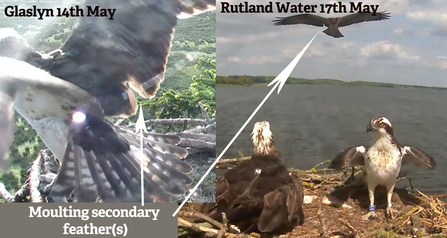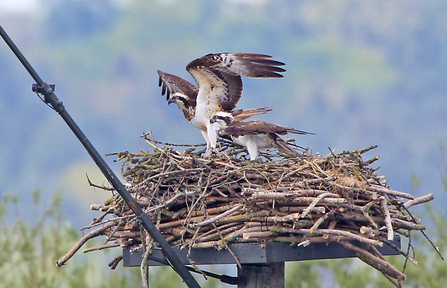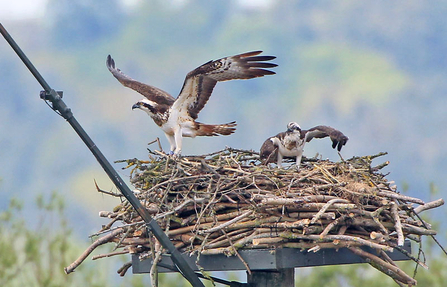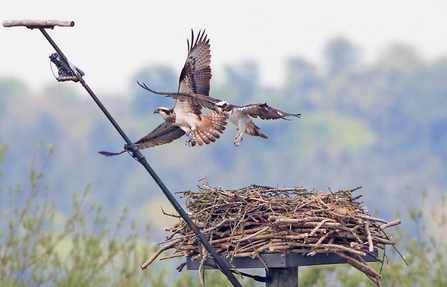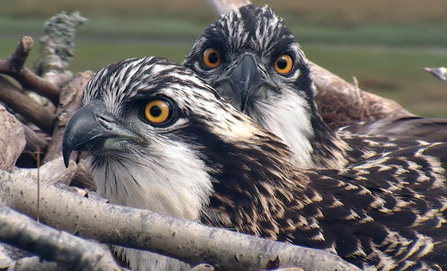Over on our Facebook page we have been discussing intruding ospreys this week and how we try to identify birds as individuals.
Over 95% of all intruders we see at the Dyfi are never identified - even if they are ringed and get pretty close like this bird in the video below taken last week.

